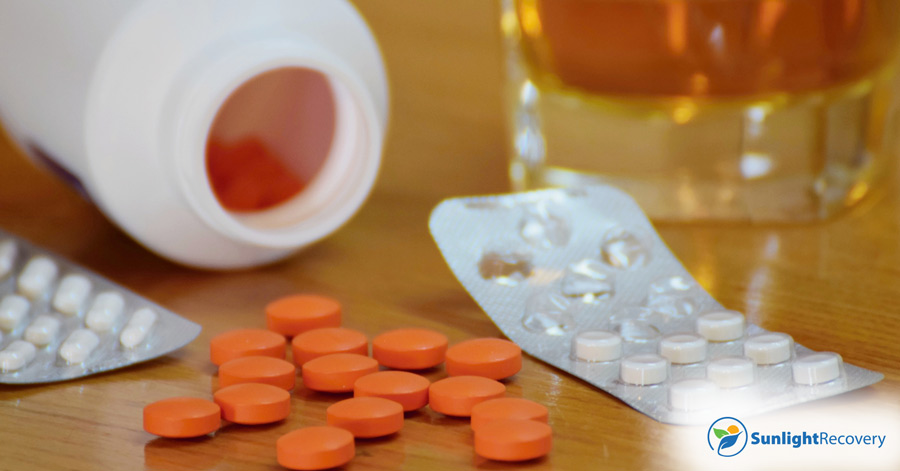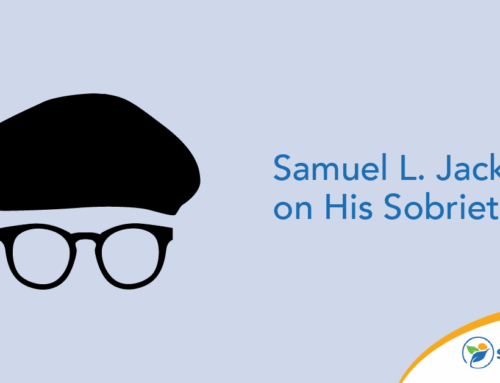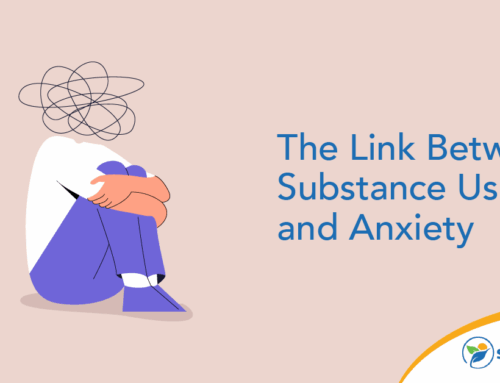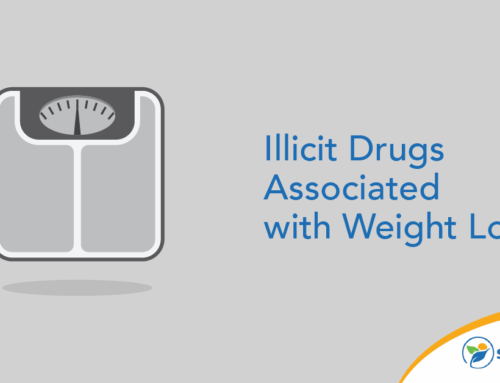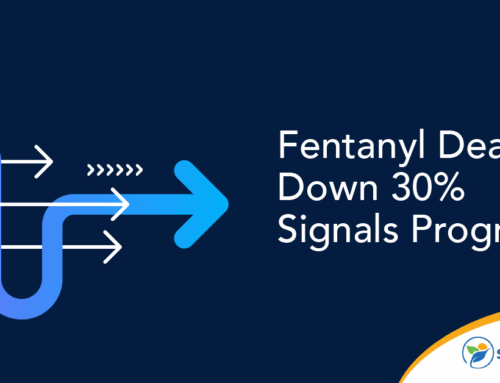Adverse drug reactions (ADRs) are the fourth-leading cause of death in the United States. Collectively, something close to 7% of hospitalizations are a result of ADRs, which works out to over 2.2 million trips to the hospital and 106,000 deaths each year. This is more people than die from automobile accidents, accidents of all kinds, pulmonary disease (including lung cancer) and AIDS. Many of these ADRs are the result of mixing substances that don’t work well together in the body, with a combination of sleeping pills and alcohol being a leading source of trouble.
Mixing sleeping pills with alcohol is extremely dangerous. If you drink, even just a little, sleeping pills can easily trigger an ADR that lands you in the hospital, and that may be fatal. Even if your choice of both is relatively mild — over-the-counter sleeping pills with beer, for example — you’re still putting your life at risk. In this article you’ll learn about the most popular types of sleeping pills on the market, how they work and what the dangers are from mixing them with alcoholic beverages. There’s also help if you need it and resources to help you escape the dangerous practice of mixing sleeping pills and alcohol.
Types and Effects of Sleeping Pills
There are a lot of sleeping pills on the market, some of them available over the counter and others prescribed by a doctor, but they generally fall into three categories: benzodiazepines, non-benzodiazepine hypnotics and barbiturates. These work in somewhat different ways, but each has the potential to negatively interact with alcohol:
- Benzodiazepines: Alprazolam (Xanax), chlordiazepoxide (Librium), clonazepam (Klonopin), clorazepate (Tranxene) and diazepam (Valium)
- Non-benzodiazepine hypnotics: Zolpidem (Ambien), zaleplon (Sonata), zopiclone (Imovane) and eszopiclone (Lunesta)
- Barbiturates: Amobarbital (Amytal), pentobarbital (Nembutal) and secobarbital (Seconal)
In addition to these sedatives, there are a few other drugs people use as sleep aids, though this isn’t their primary purpose. These off-label sleep aids include over-the-counter antihistamines Trazodone and Rozerem. Some of these are prescribed off-label by a doctor, while others can be picked up off the shelf in any pharmacy:
- Antihistamines: Diphenhydramine (Benadryl), loratadine (Claritin), fexofenadine (Allegra), cetirizine (Zyrtec) and levocetirizine (Xyzal)
- Trazodone: Trazodone is a type of antidepressant called a serotonin receptor antagonist and reuptake inhibitor (SARI).
- Rozerem: Ramelteon (Rozerem) is a melatonin receptor agonist that modifies your sleep-wake cycle.
Alcohol’s Effects on the Body
There’s been a lot of research into how alcohol negatively affects the human body. On its own, alcohol attacks the brain, heart, liver, pancreas and immune system. Excessive alcohol consumption is a known cause of cancer in the head and neck, esophagus, liver, pancreas, colon and breast tissue. Conditions that are either directly caused by alcohol or made more likely or harder to treat by alcohol consumption include:
- Cardiomyopathy
- Irregular heartbeat
- Stroke
- High blood pressure
- Liver inflammation/fatty liver/cirrhosis/liver cancer/liver failure
- Pancreatitis
- Cancers of the breast, bladder and bowels
Alcohol’s effects on the brain are also extremely serious. In the short term, even light drinking causes vertigo and euphoria, a loss of inhibitions and potentially destructive behavior, such as driving drunk or starting fights. Over the longer term, health effects start to mount, and a state of addiction may develop that’s tremendously destructive to drinkers’ careers, families and social life. Heavy, long-term use can eventually develop into permanent brain damage and conditions such as delirium tremens (DTs), which causes seizures, hallucinations and potentially life-threatening chemical dependence.
Why People Mix Alcohol With Sleeping Pills
People mix pills with alcohol for several reasons. Sometimes it’s accidental, and sometimes it’s done on purpose. There are varying degrees of risk in doing this, and how risky it is for you partly depends on which substances you’re mixing, how much you’re doing it and what else is going on while you’re intoxicated.
Therapeutic Mixing
It’s unpleasantly common for people to accidentally mix their prescription sleeping pills and alcohol. Casual drinkers might not mention their habits to the doctor, who then prescribes a sleeping pill without knowing there’s a danger. Printed notices on the bottle and the advice of a pharmacist help keep ADRs to a minimum for some people, but it’s pretty easy for others to miss these warnings or for heavy drinkers to keep drinking while they’re on pills.
Recreational Mixing
Believe it or not, some people deliberately mix sleeping pills and alcohol. Both of these substances are sedatives on their own, and their depressive effects are magnified when they’re used together. People looking for a more intense drinking experience might combine their drinking with Xanax, for example. This works going the other way, as some people try to get a stronger effect from their sleeping pills by drinking, such as when they take temazepam (Restoril) to sleep and wash it down with hard liquor or wine.
What Happens When You Mix Sleeping Pills and Alcohol?
The first effect you’ll probably notice if you mix sleeping pills and alcohol is intense drowsiness. People in this state often fall asleep for several hours, but the sleep they get is usually fitful and not refreshing. Drugged sleep like this tends not to slip into the healthy REM cycle that makes sleep effective, and so when they wake up, people tend to be groggy and disoriented. If this continues for more than a day or two, the person doing it can easily appear drunk or drugged, even when they’re not actually under the influence, simply from a form of sleep deprivation.
The real danger of mixing alcohol and pills, of course, is the twin danger of overdose and adverse reactions. Overdose is fairly simple to understand, since these substances reinforce each other’s effects and might even stop a user’s heart working together. ADRs are harder to predict, since so much depends on the specific pills being taken and the amount of alcohol absorbed into the body. Mixing substances this way is never safe, however, and you should always be honest with your doctor and pharmacist about your drinking habits before an accident adds you to the 2 million people a year who go to the hospital for an ADR.
What to Do If You’ve Been Mixing Sleeping Pills With Alcohol
Mixing sleeping pills and alcohol is never a good idea, but many people have a hard time managing their substance use. If you or someone you care for is drinking or mixing substances to a dangerous degree, you don’t have to face it alone. Contact the team of compassionate counselors at Sunlight Recovery today.


